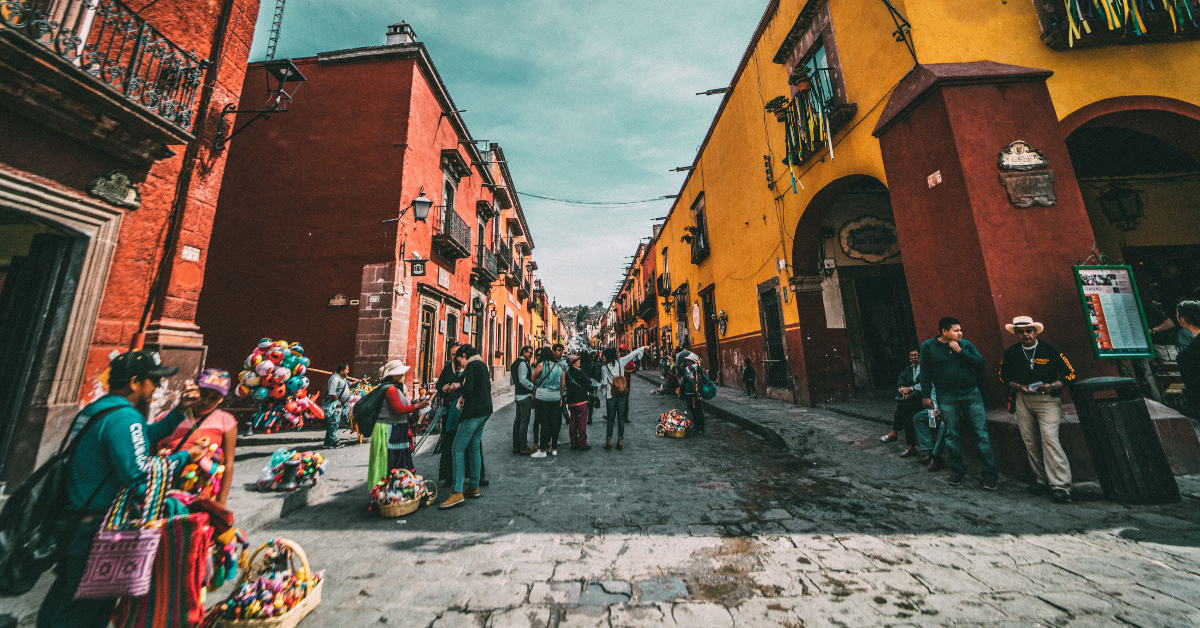Puerto Vallarta (PVDN) – After a long working life, many people dream of an affordable retirement, great weather, and plenty of activities. This evokes an image where one is lying on a hammock with a refreshing drink, sheltering in the shade from the sun, and watching the waves of the sea and the beach. Not everyone is going to achieve this idyllic dream, but there is a group of people who are: the retiring migrant Baby Boomers.
The term Baby Boomers refers to the generation born between 1946 and 1964, and who today would be between 59 and 77 years old. Based on data from the 2020 Population and Housing Census, it is estimated that there are more than 35,000 retired migrants (retired or pensioners) in Mexico. Due to their geographical proximity, more than half of these come from the United States, and others migrate from countries such as Spain, Canada, Italy, and France. It is estimated that six out of ten are men and two-thirds are married or live with a partner. Retired migrants stand out for having high levels of education: 43% have undergraduate studies, 13% have some postgraduate studies, and 28% have a high school or a similar level.
Why are Baby Boomers migrating to Mexico?
There are multiple reasons that make a person choose a destination to which to migrate and retire. First, residing in a country with a lower cost of living increases purchasing power in relative terms. As a second reason, it could be mentioned that they prefer destinations with sunny climates and quieter and more natural communities; Many seek to escape the cold and stress of the big cities. As a third element, living close to the sea or a lake is part of fulfilling the idyllic dream of a retiree. Finally, their taste for Mexican culture is one of the reasons why they choose the country as a destination to retire.
Additionally, the issue of social networks plays a determining role. When people retire, they seek to be in communities where they can live with others with whom they share common interests or who speak their native language, and the recommendations of relatives, acquaintances, or compatriots are taken into account. Thus, the retired migrant population tends to be concentrated in specific regions. In Mexico, seven main destinations preferred by Baby Boomers for retirement migration have been identified: 1) Tijuana–Rosarito–Ensenada, 2) Chapala–Jocotepec, 3) Cancun–Riviera Maya, 4) Mérida–Progreso, 5) San Miguel de Allende, 6) Puerto Vallarta–Bahía de Banderas, and 7) La Paz–Los Cabos.
The retirement migration of the Baby Boomers generates multiple economic and cultural benefits to the places of destination: they are important generators of jobs directly and indirectly; they promote the growth of the infrastructure of basic, financial, and communications services; promote real estate development; and promote cultural, artistic and recreational activities. Unlike tourism, which is a temporary flow, Baby Boomers are people who integrate and live in the community, which is why they watch over its conservation and social development.
What motivates the migration of this generation?
There is a great diversity of situations that can motivate migration, however, there are some for this group that can be highlighted:
The economic resources. Residing in a country where the cost of living is lower than the place of origin translates into an increase in purchasing power.
Climate and society. Sunny destinations in quiet and natural locations are the favorite places of this generation since many of them are looking to get away from cold, extreme climates or from large and complicated metropolises.
The dream come true. The conception of the ideal retirement leads to seeking to live in places that have become an illusion, such as beaches, places near mountains, lakes, or attractive natural landscapes.
Culture. Mexico offers retired migrants a place rich in cultural and gastronomic traditions and with great warmth from its people.
A relatively homogeneous community. Retired people seek to live with those who share common interests, who speak the same language, and who have the same place of origin.
The negative impact of Baby Boomer migration
However, it must be remembered that the arrival of foreign retirees to an area may create a positive impact on the local economy, but it also creates an increase in the cost of living, resulting in fewer opportunities to afford a decent life for Mexicans in a country where the minimum wage is a few dollars a day. Many Mexicans are forced from land and property that have been in their families for generations due to the rising cost of local real estate driven by foreigners and resulting in higher property values and taxes that many Mexicans find difficult to pay. Others simply can’t afford the rental costs in the areas where they grew up and are slowly being forced out of their hometowns.
After a long working life, many people dream of an affordable retirement, great weather, and plenty of activities. This evokes an image where one is . . .











